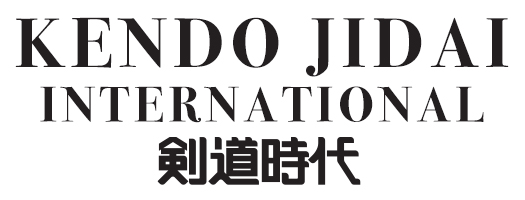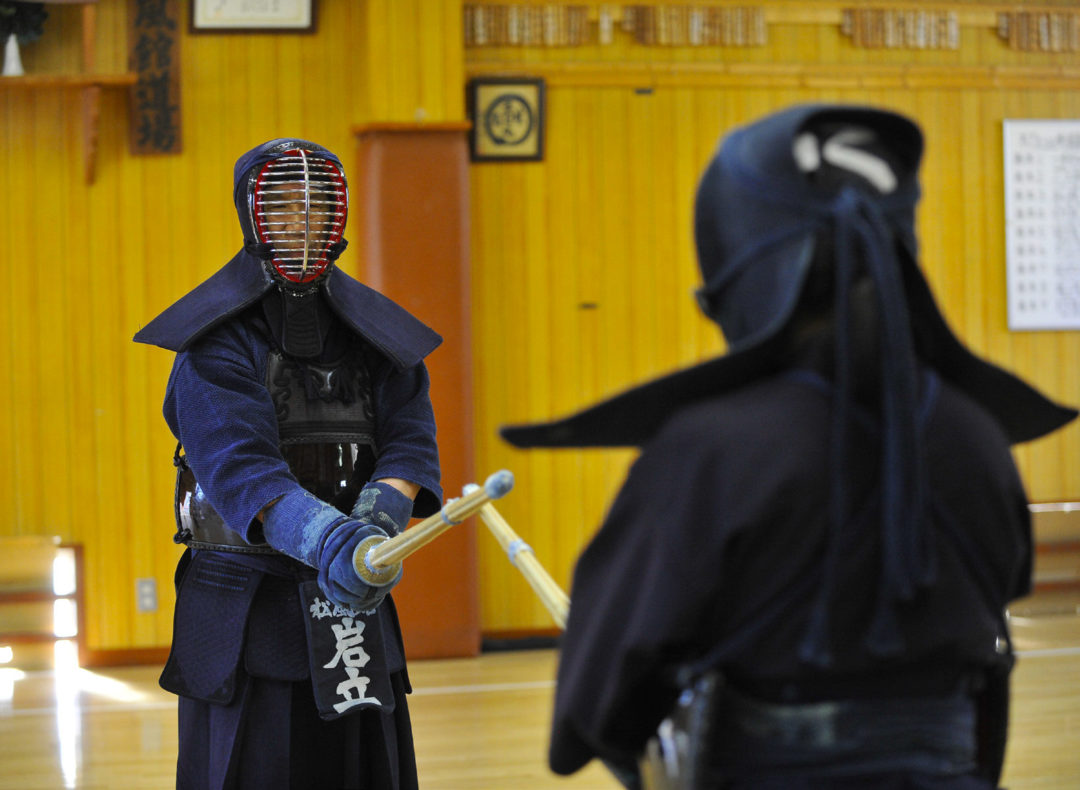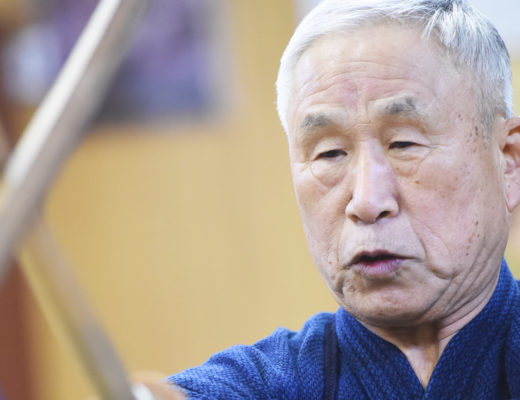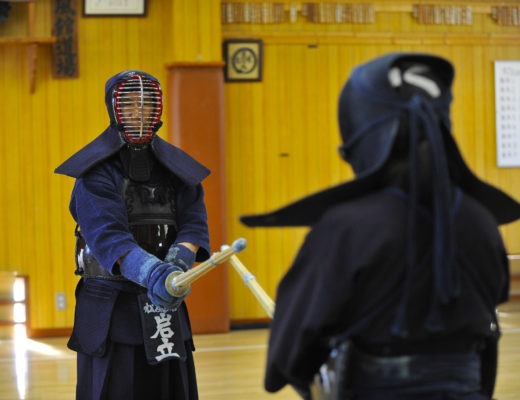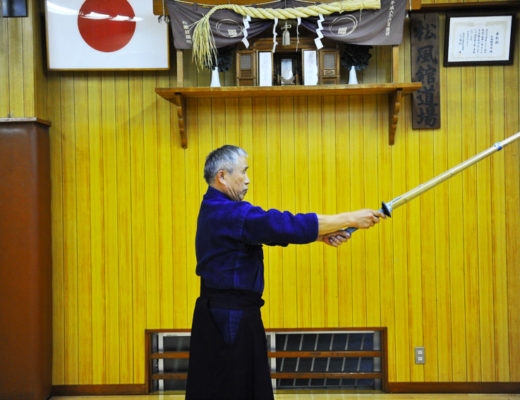Iwatate Saburo
Born in 1939 in Chiba Prefecture. After graduating from Narita High School, he joined the Chiba Prefectural Police. Following his time as a member of the Tokuren, he went on to serve in various roles, including instructor at the Kanto Regional Police Academy and head Kendo instructor for the Chiba Prefectural Police. Since 1978, he has been teaching Kendo at his own Dojo, Shofukan. Today, many practitioners from both Japan and abroad continue to seek instruction under the Hanshi Sensei. He currently serves as head of Shofukan Dojo and head instructor of the Kendo Club at Shobi University. He is also Vice President of the All Japan Kendo Dojo Federation and President of the All Japan Senior Kendo Association. He holds the rank of Kendo Hanshi 8th Dan.
Winning through Proper Posture and Pressure
What exactly does it mean to “ride” in Kendo? Simply striking the opponent does not necessarily mean you are “riding” the attack. Let me give you an example. In recent years, the so-called Sashi-men, a scooping strike upward from below, has become widespread, but I think most of you intuitively understand that such a technique would not be considered “riding.” The fundamental requirement for a true strike is that the Shinai must be brought down from above toward the target area.
So, how can one strike while “riding” the opponent? I believe the most important factor is posture. Whether it is Men, Kote, Do, or even Tsuki, correct posture is essential for striking. In this article, I would like to examine posture for “riding” a strike, breaking it down into several key elements.
Building the Lower Body
Here, I will explain the importance of posture by dividing it into the upper and lower body.
First, regarding the lower body, the two most important areas are the heel (kakato) and the back of the knee (hikagami). Many teachers have spoken about this, but I believe these two points form the very foundation for creating the posture needed to “ride” an opponent.
When it comes to the heel, its height is crucial. Determining the proper height allows you to transmit power fully through the soles of your feet into the floor. If your feet are in shumoku-ashi (pigeon-toed stance) or kagi-ashi (hooked-foot stance), your body will bend during a strike, making it difficult to “ride” the opponent.
As for the hikagami, the key is not to bend it. If the hikagami is bent, the foot will inevitably hop at the moment of a strike. This connects to the previously mentioned heel: when the hikagami is bent, the heel tends to rise too much, making it easier to fall into shumoku-ashi.
While it is often taught to “keep the hikagami straight,” overextending it is also not good. As with everything, excess should be avoided. Even when straightening the hikagami, it is important to maintain a subtle degree of looseness. This balance is what matters most. By paying attention to these points, you can develop a stable lower body.
Building the Upper Body
When it comes to the upper body, the key points for correct posture lie in the hips, lower abdomen, chest, and collar.
Starting with the hips, the left hip must not drift away; you should always face your opponent squarely. To achieve this, instead of focusing on tightening the hips themselves, think of tightening the buttocks. This prevents the left hip from escaping, keeps the left big toe pointing straight forward, and allows you to maintain a stable posture while facing your opponent.
As for the lower abdomen, this is something often mentioned. Anyone who has practiced kendo has likely been told at some point to “put strength into your lower abdomen.” However, this does not simply mean tensing your stomach muscles. It may sound abstract, but perhaps the most fitting way to put it is to “lower your ki into the lower abdomen.” When the lower abdomen is filled with energy, you will sometimes find yourself able to execute techniques that even surprise you.
Next is the chest. The chest is closely connected to posture. If your back is rounded and you lean forward, it is impossible to deliver a strike that truly “rides” the opponent. By opening the chest, you engage the back muscles and can maintain correct posture. Furthermore, expanding the chest naturally lowers your breathing, which in turn helps you engage the lower abdomen.
Finally, we come to the collar. Among the points in the upper body, this may be the one to focus on most. The reason is that by keeping awareness of the collar, almost every other aspect of posture is naturally corrected. By keeping the neck and the collar of your keikogi firmly together, the upper body does not lean forward, and correct posture is maintained naturally.
On Gaze and Shinai Control
The rest of this article is only available for Kendo Jidai International subscribers!
